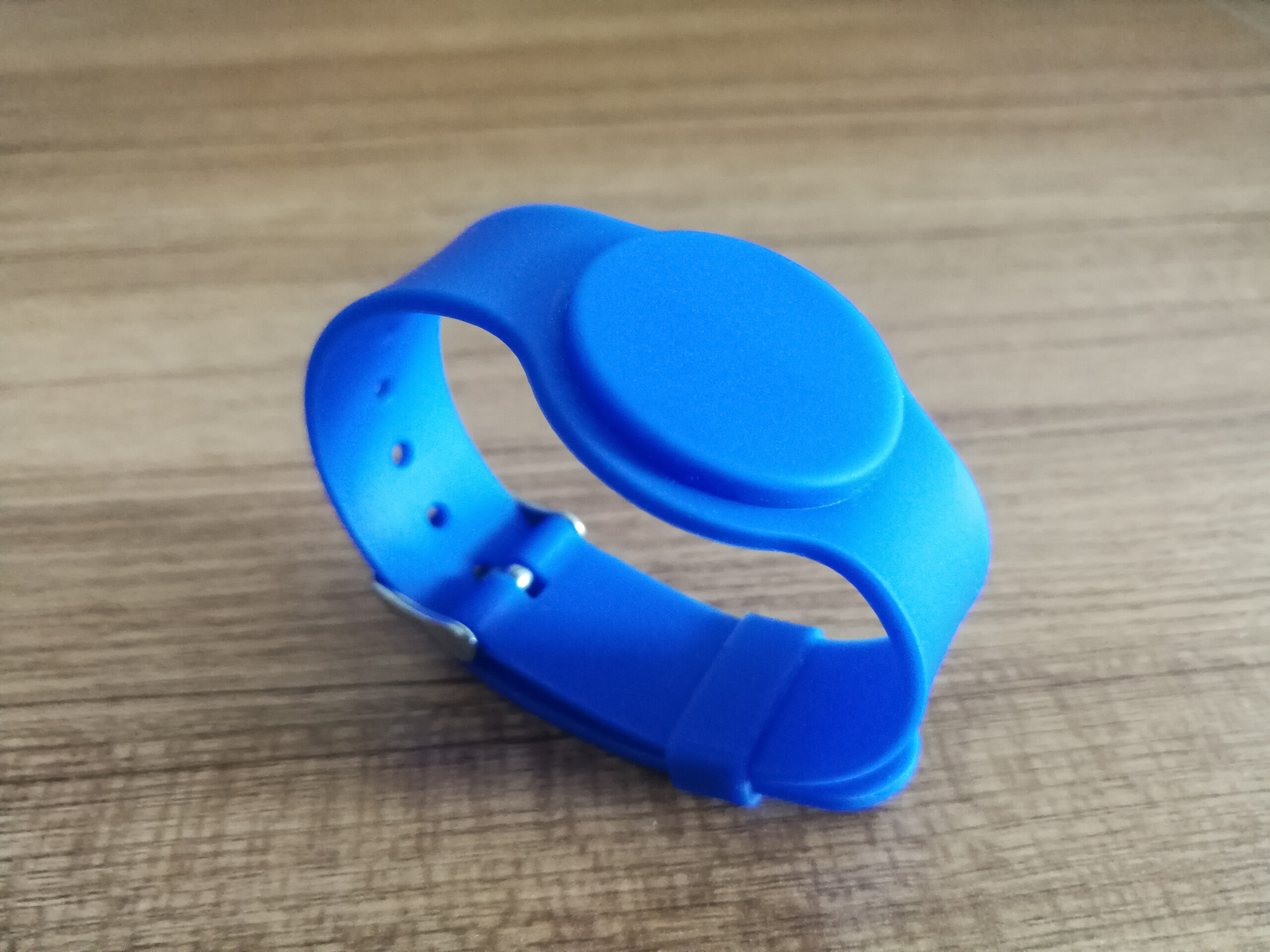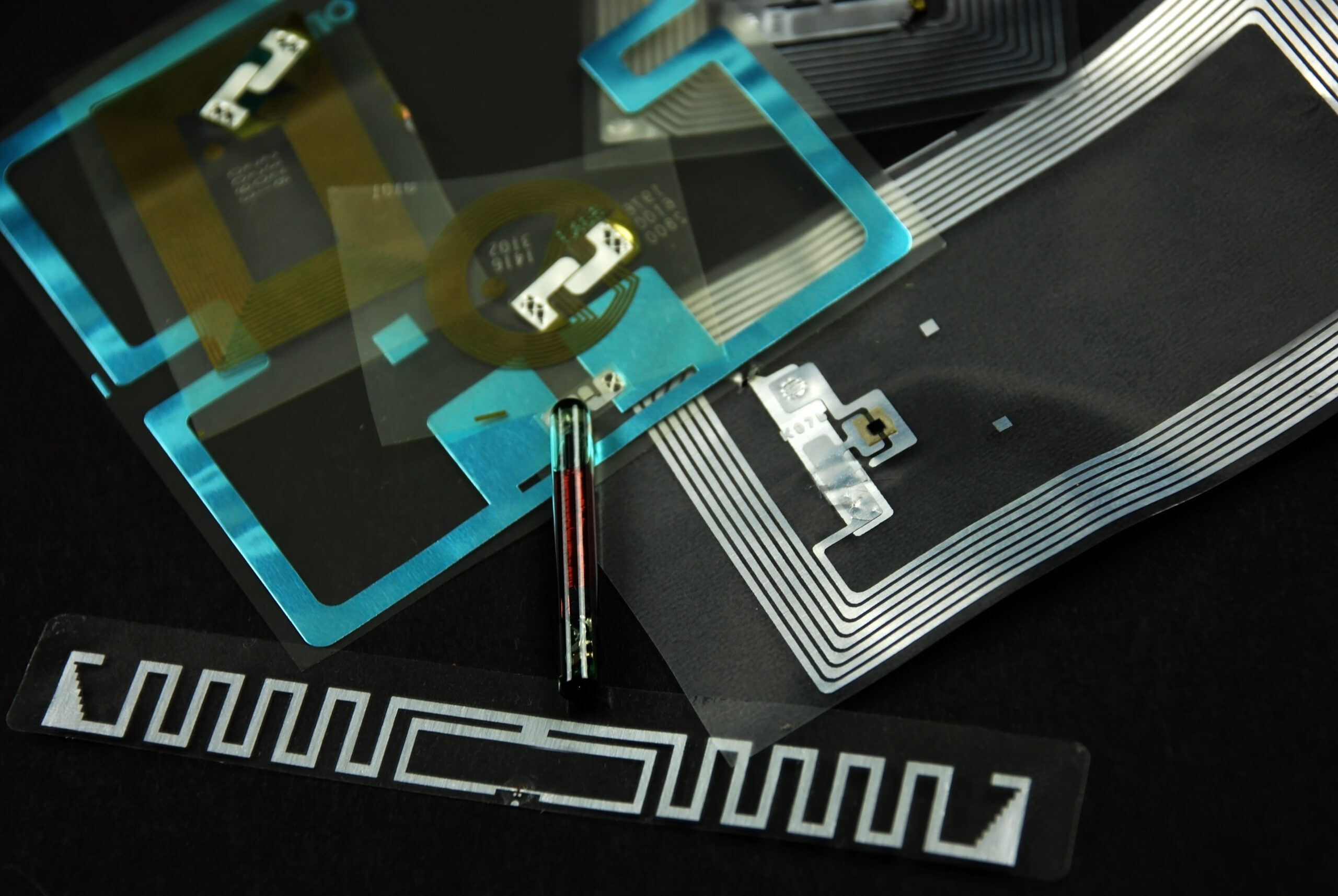The world is getting an advanced makeover with more and more technology every day. And one of the hottest pieces of technology on the market right now? RFID technology wristbands. These aren’t just simple plastic bands; they are smart wristbands that give events and businesses a reliable way to identify guests or customers securely. From event access control to crowd management, RFID technology wristbands offer several valuable benefits with their asset tracking system.
In this blog post, we’ll explore what RFID wristband technology is and how it can benefit your business, regardless of size or industry. Here’s everything you need to know about utilising RFID wristband technology at your events or offices.
What Are RFID Wristbands and How Do They Work?
RFID technology wristbands have a smart tag comprising an RFID chip and antenna. This tag is made using plastic embedded in the wristband made of cloth or silicone. The chips on these wristbands use radio waves to transfer data from the chip’s memory onto readers in an enclosed area, like different concert venues.
You can be identified without taking out your wallet or keychain by simply walking past one of these scanners. It’s fast, convenient, and secure! The RFID wristband comprises two parts: the RFID chip embedded in the bracelet itself and the transmitter-receiver components attached to it.
When you wear an RFID wristband, it transmits information back and forth between its reader/transmitter for personalised services or authentication processes to occur. This can include purchasing items online or renewing memberships at certain stores or companies – all without ever having to present any form of identification.
Apart from providing convenience benefits for users, some other interesting uses for this technology include event access control and medical administration tracking within healthcare settings such as hospitals and clinics. It may also be used in ticketing kiosks at amusement parks or large sporting events where entry access needs verification quickly–even contactless payments using digital wallets!

Difference Between RFID and Barcode Wristbands
RFID (Radio Frequency Identification) and barcode wristbands are different technologies that store data and facilitate access control.
RFID wristbands are made of a thin, coated, multi-layered RFID tag containing an antenna that reads the information from an RFID reader. This type of technology is great for venues that need to issue multiple passes, as well as for access control systems to quickly locate a person in busy areas with large crowds.
RFID technology can hold more data than barcodes, so it can be used for other purposes like storing medical records or tracking goods during shipping processes.
On the other hand, barcode wristbands use a visual representation of coded data in the form of black and white stripes on plastic cards or paper tags. Unlike RFIDs read remotely by an integrated scanner, barcodes require contact with a scanner/reader device to decode and accurately read the data stored on them.
They’re often used at festivals, amusement parks, music events, and swimming pools due to their affordability and convenience compared to ID cards. But, they lack security features that make them less suitable for secure checking applications such as airports or high-security facilities where authentication is vital for safety reasons.
RFID technology wristbands not only read data but also write and modify it in comparison to the singular read function of the barcode wristbands. Moreover, barcode wristbands are less durable and may get damaged in poor weather. Besides being durable, RFID cannot be copied, and the data is encrypted, making it safe. Barcode is replicable; some may create fake ones to gain access.
Advantages of Using RFID Wristbands
Here’s a breakdown of the advantages that come with using RFID technology:
Streamlined Check-ins
RFID Wristbands make tracking who is attending an event or facility more manageable than ever. With the simple wave (or tap) of one’s wristband, attendees can quickly pass security checks, expediting entry times.
Improved Asset Tracking Efficiency
Business operations become much more efficient when personnel can track assets with a reliable system like RFID Wristbands. The system automates data collection processes that used to take up too much employee time.

Customisable Authentication
When using traditional methods like locks and keys, people often struggle with keeping track of important information, like what items someone can access. With RFID wristbands, one can customise settings according to the needs of your business or event while enhancing efficiency.
Increased Revenue
Improved operational efficiency brings rewards, such as increased customer satisfaction and loyalty. This ultimately leads back to higher revenues than if manual processes were relied upon.
Conclusion
There are many advantages to using a combination of RFID technology and wristbands in your business setting, including increased security and convenience for guests. There’s one other overlooked benefit: marketing opportunities!
Today’s smart bands allow you to create branded images or include logos, making them popular souvenirs amongst visitors. This adds value while providing additional advertising exposure whenever they wear their bands out in public.
So if you want maximum bang for your buck, consider taking this classic combo approach – combining cutting-edge RFID technology with cost-effective, high-quality silicone or cloth wristbands – for maximum security benefits combined with fun promotional activities, a surefire way to optimise operations & maximum profits.



